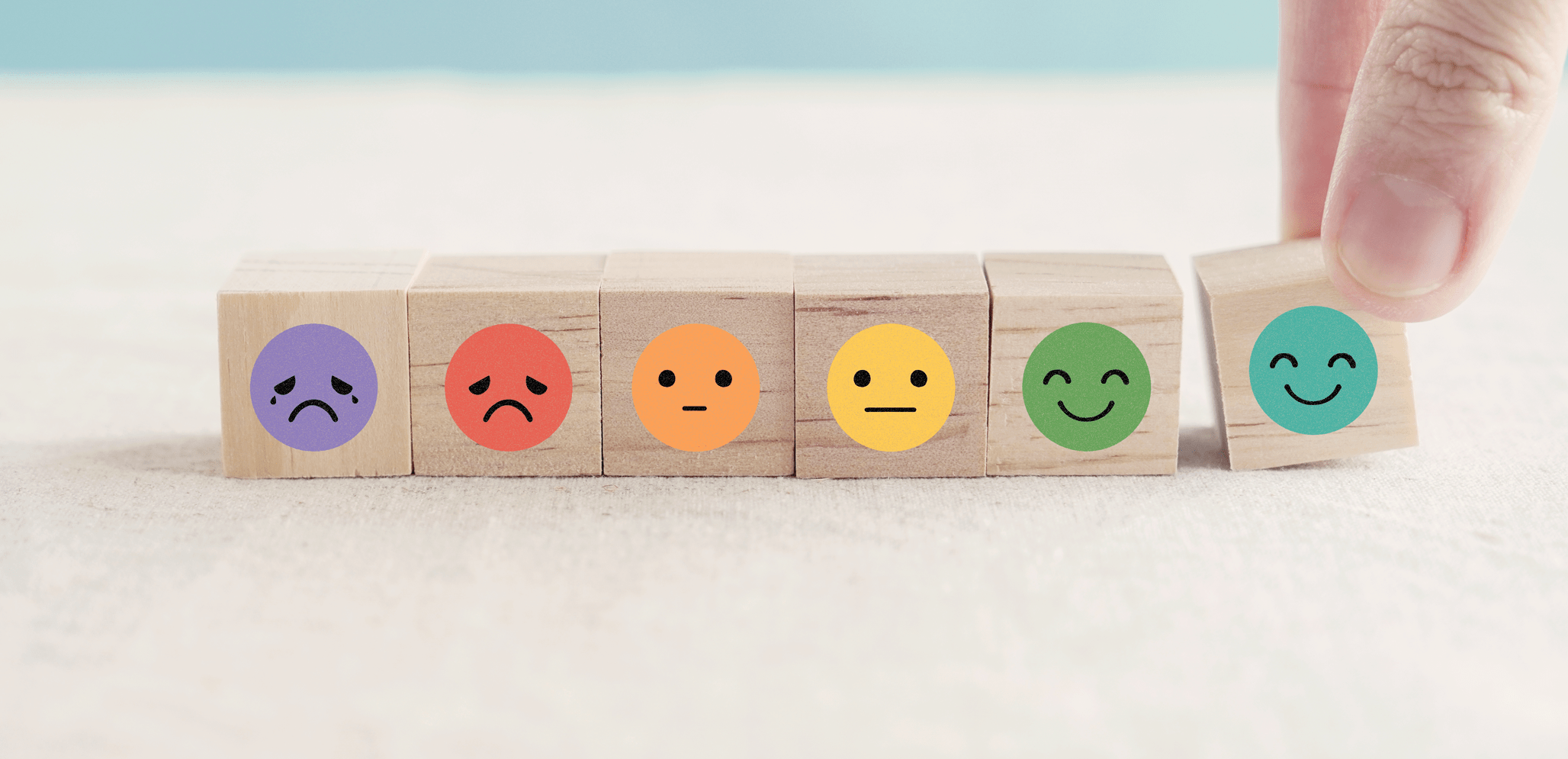
As a pediatrician, a common request I get from parents is for help in dealing with a child who is out of control (dysregulated) and cannot be calmed. The solution is a combination of avoiding escalation and being consistent with proven strategies. In this blog post, I’ll detail what works and how to make it part of your routine.
The Terrible Twos and Beyond
It’s normal for young kids to have difficulty controlling their emotions – especially when they are frustrated and unable to get their way. The “terrible twos,” which really start around 18 months and last well after the third birthday, are notorious for this problem.
At first, you tried to stop the tantrums but rapidly figured out that would only make it worse. Instead, you learned that once a child started to calm a little, you could say “let me give you a hug,” and that is when they would be able to calm down – after the peak of the storm had passed.
However, if a child is still having tantrums after age four, especially if they are becoming violent and are a danger to themselves or caregivers, then problems with emotional regulation become a concern. Episodes can cause problems in school and at home and can lead to suspensions and strained relationships.
What Works and What Doesn’t
I often hear from a family that when their child is really upset parents also get upset and will take away privileges: “you won’t get [object of desire] back until you’re 40,” and the child will say “fine” or “I don’t care” or “I didn’t want that anyway.” When the child is this dysregulated, escalation will only worsen the episode, no differently than when your child was two and you tried to disrupt a tantrum.
There are several evidence-based strategies parents can use to help children control their emotions. Their success depends upon using them consistently at home and at school, not only when children are dysregulated, but also when they are not having any problems.
Children need to practice these strategies until they become a habit. Initially, when the child is dysregulated and starts to calm down a little, they can be reminded to use one of these strategies to calm down faster (just like the hug after the peak of a tantrum.) Once they have gotten better at using the strategy, you can remind them to use it when they are starting to get upset (preventing an episode), and eventually use the strategy without prompting.
Things to Try At Home and School
Taking a break: This is the most common strategy that families and schools use. The child is removed from the situation and given time, alone and in a safe place to calm down. This can be a spot in a classroom or in the hallway or at home in a corner of a room or in a bedroom.
Mindfulness: deep breathing, counting to 10, a yoga pose. All of these can help calm a child and can be done in conjunction with “taking a break.”
Seeking help: teach a child to seek help from a family member, friend, or cherished teacher. You can imagine that if you are very frustrated being given the opportunity to vent to someone you trust or just spend time with a friend can be very comforting.
Positive self-talk: Having children tell themselves that they can control their own emotions or not get too frustrated can be very helpful: “I can do this.”
Reframing: This is taking perspective of the situation. This can be thought of as turning a problem into a challenge, or matching “the size of the problem, to the size of the response.”
Often many of these strategies are employed at once. For example, a child “takes a break” using a predetermined and practiced signal and also uses a mindfulness calming strategy or works with a trusted adult (seeking help) to employ reframing. Schools are able to help with this and using the same strategy at home is best.
There is growing evidence that helping children understand and regulate their emotions in General, outside of dysregulation episodes, teaches them to cope with previously overwhelming feelings.
One approach created by Marc Brackett Ph.D., the director of the Yale Center for Emotional Intelligence, is the RULER system. It’s being used by hundreds of schools and has shown success. Reviewing dysregulation episodes using this approach works and it can also be used to try and make sense of emotions in all sorts of situations, such as when reading a book or watching a tv show. The approach could also be used with younger children in hopes of preventing problems with dysregulation when they are older, although studies have yet to evaluate this.
To illustrate the RULER system, let’s apply it to “The Three Little Pigs:”
RECOGNIZE: Is there an emotion being shown here? The big bad wolf just blew down a house…It would seem he is emotional. The piggy from the house of straw ran away.
UNDERSTAND: What events lead to the emotion? Well, the wolf is hungry and the pigs wouldn’t let him in and now he seems upset. The piggy’s house was destroyed.
LABEL: What is the emotion? Is the wolf angry? Is the wolf frustrated? Yes – maybe a little of both. As the story goes on, does he move from frustrated to angry to furious to enraged? Meanwhile, the piggy seems to be frightened and then panicked. Dr. Brackett’s group has an app called “Mood Meter” which you can use to help find lots of different words to describe emotions along with tracking your emotions and your responses and finding advice to help regulate them.
EXPRESS: How does he express the emotion? Well, the wolf blows down the house and the piggy runs away.
REGULATE: How did the wolf regulate his emotions? The wolf did not do a good job regulating his emotions. He caused property damage and then made a bad decision and ended up as wolf soup. The piggy, however, sought help and then reframed his problem “there is a wolf after me,” to a challenge, “how can I protect myself from the wolf?”
When to Seek Help
Sometimes children can be irritable and negative even when they are not dysregulated.
If this is the case, working on understanding and retraining their brain to think in a more
positive way may be helpful.
In some cases, children show evidence of Attention-Deficit/Hyperactive Disorder or ADHD, whereby their impulsivity may make controlling emotions more difficult, or anxiety, emotional control is overridden by anxiety.
Additionally, chronic illnesses, such as hyper or hypothyroidism may contribute to emotional dysregulation. In all of these cases, a pediatrician should evaluate the child to rule out any chronic conditions and determine if therapy and/or medication may be helpful.
It’s always good to talk with your child’s pediatrician whenever something doesn’t seem right with your child – physically or emotionally. In many cases, your child may be going through common transitions as they age and their bodies change. But discussing a situation with a medical professional can potentially prevent a situation from becoming worse and is a prudent first step.
Written by John “Josh” Madden, MD Ph.D., a board-certified pediatrician with Esse Health Pediatrics and one of 19 pediatricians in the St. Louis metro area. Esse Health Pediatrics offers six locations to make pediatric visits as easy as possible for you and your family. Learn more by exploring the website or listen to their podcast “Pediatric Housecalls.”
Locations
Pediatric & Adolescent Medicine at Watson Road
9580 Watson Road, Suite A
St. Louis, MO 63126

